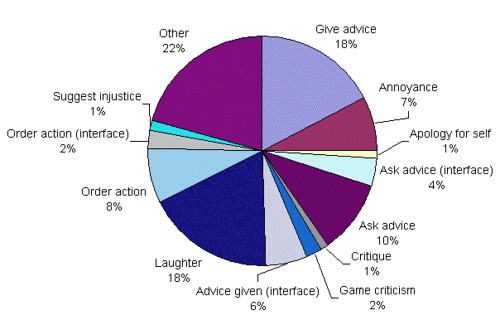This Thursday I succesfully defended my PhD thesis entitled Plans and Purposes: How Videogame Goals Shape Player Behaviour (slides / preliminary dissertation final dissertation).
The opponents asked reasonable questions, the technical equipment worked flawlessly, the post-defense red wine was half-decent, and any post-defence tension was relieved through honorable Guitar Hero combat. Thanks to everyone who showed up.
And a warm congratulations to ex-roomie Miguel Sicart who defended his thesis on games and ethics yesterday (Miguel’s preliminary thesis).
I’ll be uploading the final version of my thesis as soon as it’s ready.
Mission completed.
(oh and I love the Germanification of my name on the ITU posters. It has a nice academic ring).






